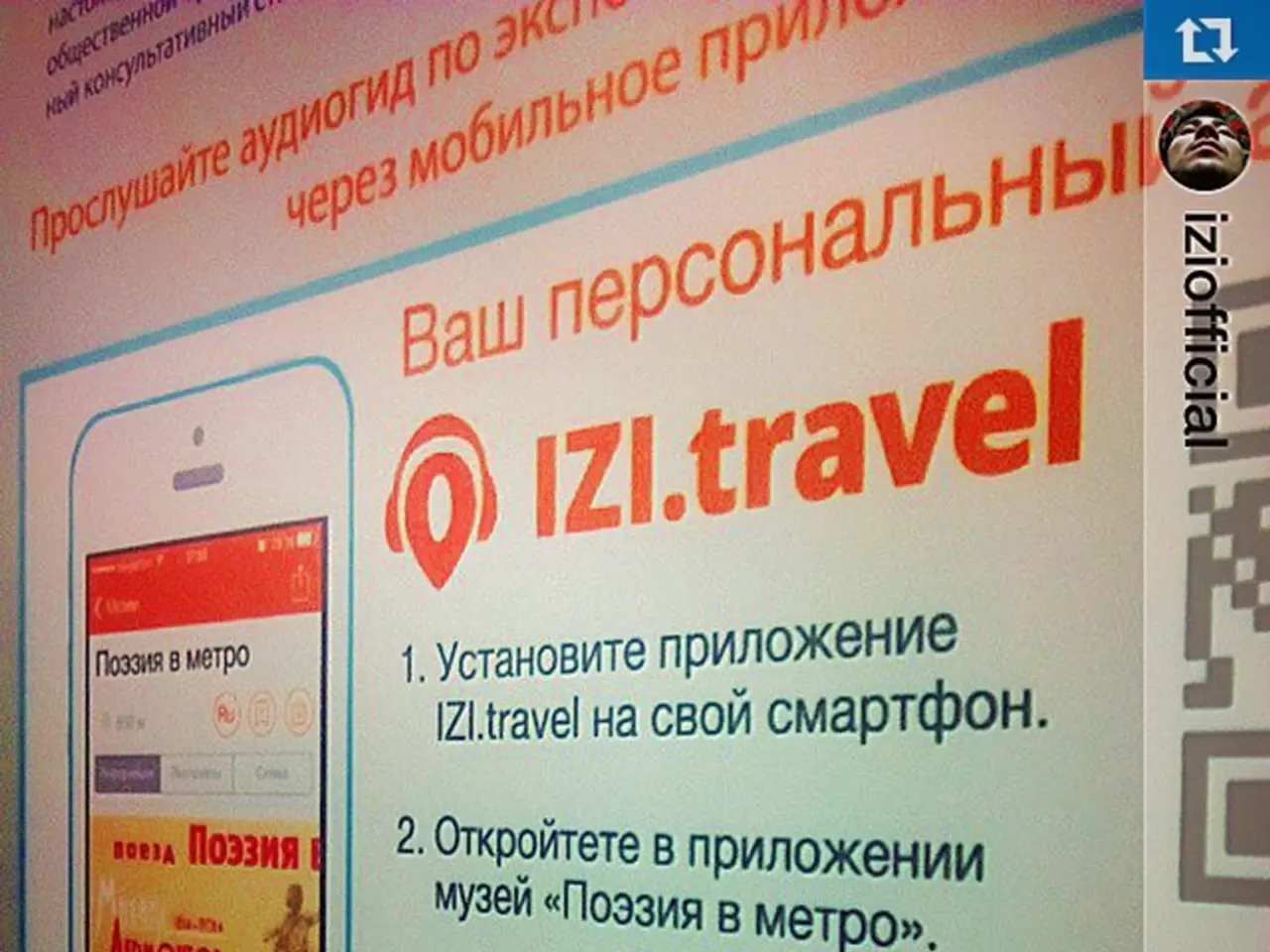Streamlining Profit Generation from Your Digital Goods
In the ever-evolving digital landscape, successfully monetizing a new product idea requires a structured and methodical approach. Here is a comprehensive breakdown of the key phases involved in assessing the feasibility of monetizing a digital product, based on proven methodologies.
---
### 1. Idea Generation
The journey begins with identifying a real problem or unmet need that your product will address, focusing on specific pain points or ways to improve user experience in a particular domain. This could involve examining existing applications and spotting gaps or opportunities for innovation, such as integrating advanced features like predictive analytics or personalized recommendations in e-commerce apps.
Another crucial aspect is market research and niche analysis, which involves understanding the target audience, their geographic distribution, preferences, and behaviour to ensure your idea targets a viable market segment.
---
### 2. Hypothesis Formulation
Once an idea has been identified, it's essential to formulate clear hypotheses about the product's value proposition, target users, and revenue model. This includes defining assumptions such as "Users will pay for feature X," or "The solution reduces task time by Y%," which will be tested throughout the process.
---
### 3. Concept Development and Validation
The next step involves creating a Minimum Viable Product (MVP), the smallest functional version of your product that delivers core value to users. Strict feature prioritization is critical to keep the MVP minimal yet viable.
User feedback and early testing are then gathered through surveys, interviews, or focus groups to gather qualitative insights on pain points and receptivity. Market validation techniques such as testing landing pages, assessing willingness to pay via pre-orders or early access offers, and monitoring organic referrals and specific feedback focused on improvements rather than concept viability are also employed.
---
### 4. Product Development and Commercialization
After refining and screening, the best hypothesis for the initial larger pool of ideas is formed. The full product is then built iteratively, incorporating user feedback to refine features and user experience.
A design that is intuitive and user-friendly is crucial, based on design thinking and empathy to maximize adoption and satisfaction. The choice of monetization strategy should be aligned with the audience and product type, with careful consideration given to the geographic and economic context of users to avoid mispricing.
The launch plan should include a clear commercialization roadmap, focusing on marketing, user acquisition, and revenue streams.
---
**Summary Table of Steps**
| Phase | Key Activities | |------------------------|-----------------------------------------------------------------------------------------------------------------| | Idea Generation | Problem identification, market & niche analysis | | Hypothesis Formulation | Define assumptions about user needs, pricing, and value proposition | | Concept Development | Build MVP, conduct user testing, validate market demand and pricing willingness | | Product Development | Iterative development, UI/UX design, refine features based on feedback | | Commercialization | Choose monetization model, plan launch strategy, focus on user acquisition and pricing aligned with market needs |
---
Employing this structured process will help minimise risks and increase your confidence in moving forward with development by validating assumptions early and continuously with real users. The Agile methodology can also be used to deliver ideas quickly and often, helping to find out what works early. Following these steps will help you systematically assess if and how your digital product idea can be successfully monetized.
- To market a digital product effectively, it's important to invest in mobile design and development that seamlessly integrates advanced features like Augmented Reality (AR), personalized recommendations, or predictive analytics.
- In the early stages, enterprises should focus on addressing specific personal-finance or business needs, as understanding the target audience's preferences and behavior is vital for a successful monetization strategy.
- During the ideation phase, integrating technology such as web or IoT solutions can provide unique opportunities for innovation, tailoring your product to specific market segments and growth opportunities.
- To optimize the user experience and ensure high adoption rates, businesses should prioritize investing in an engaging UI design that follows proven design thinking methodologies.
- As the digital landscape continues to evolve, enterprises should consider diversifying their revenue streams through various means, such as partnerships, subscription models, or appealing to finance-focused tech investors.
- By embodying an agile approach to development, enterprises can remain adaptable and responsive to user feedback, ultimately maximizing their chances of long-term monetization success.




